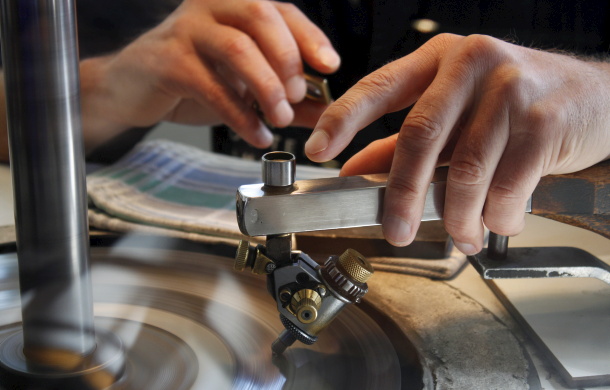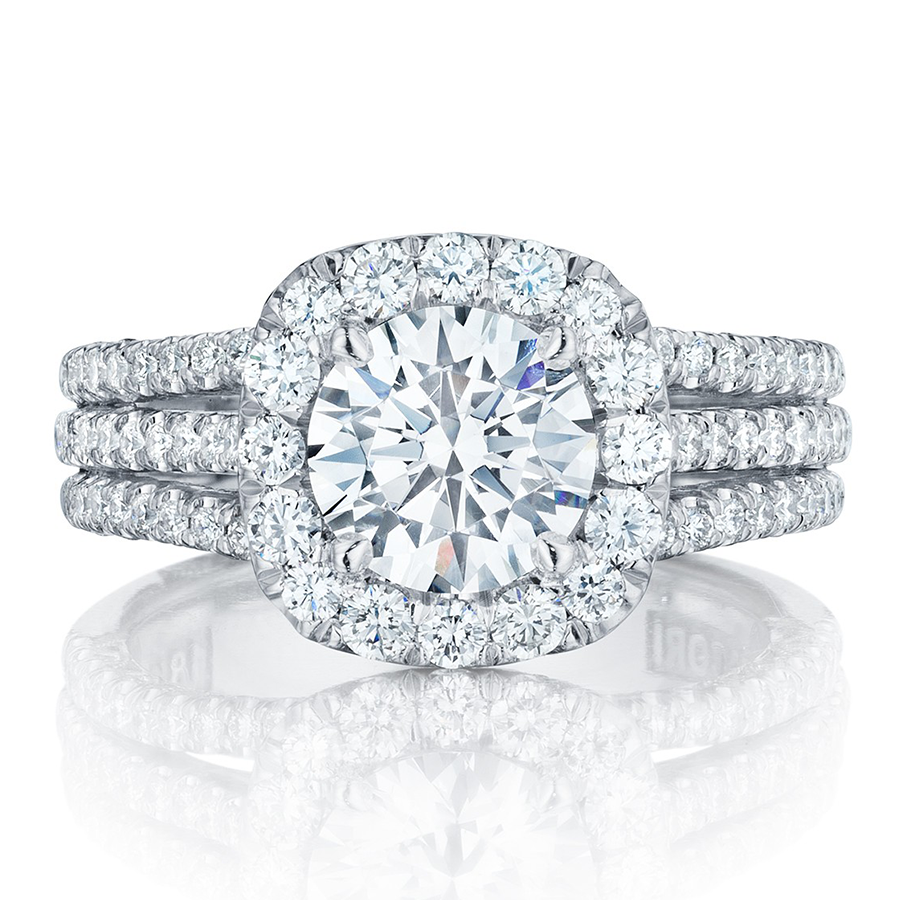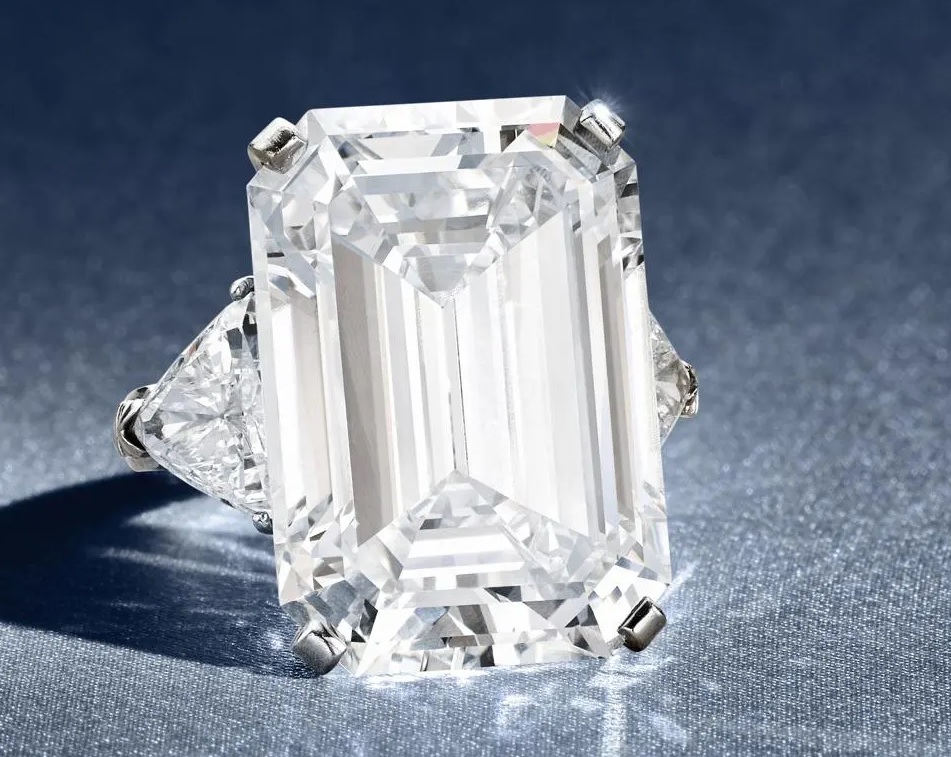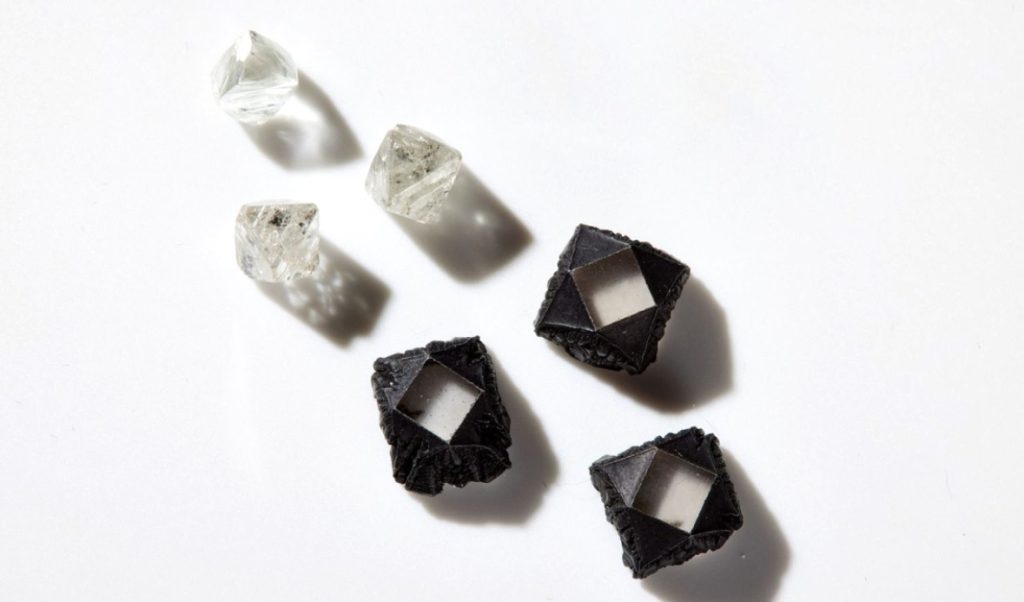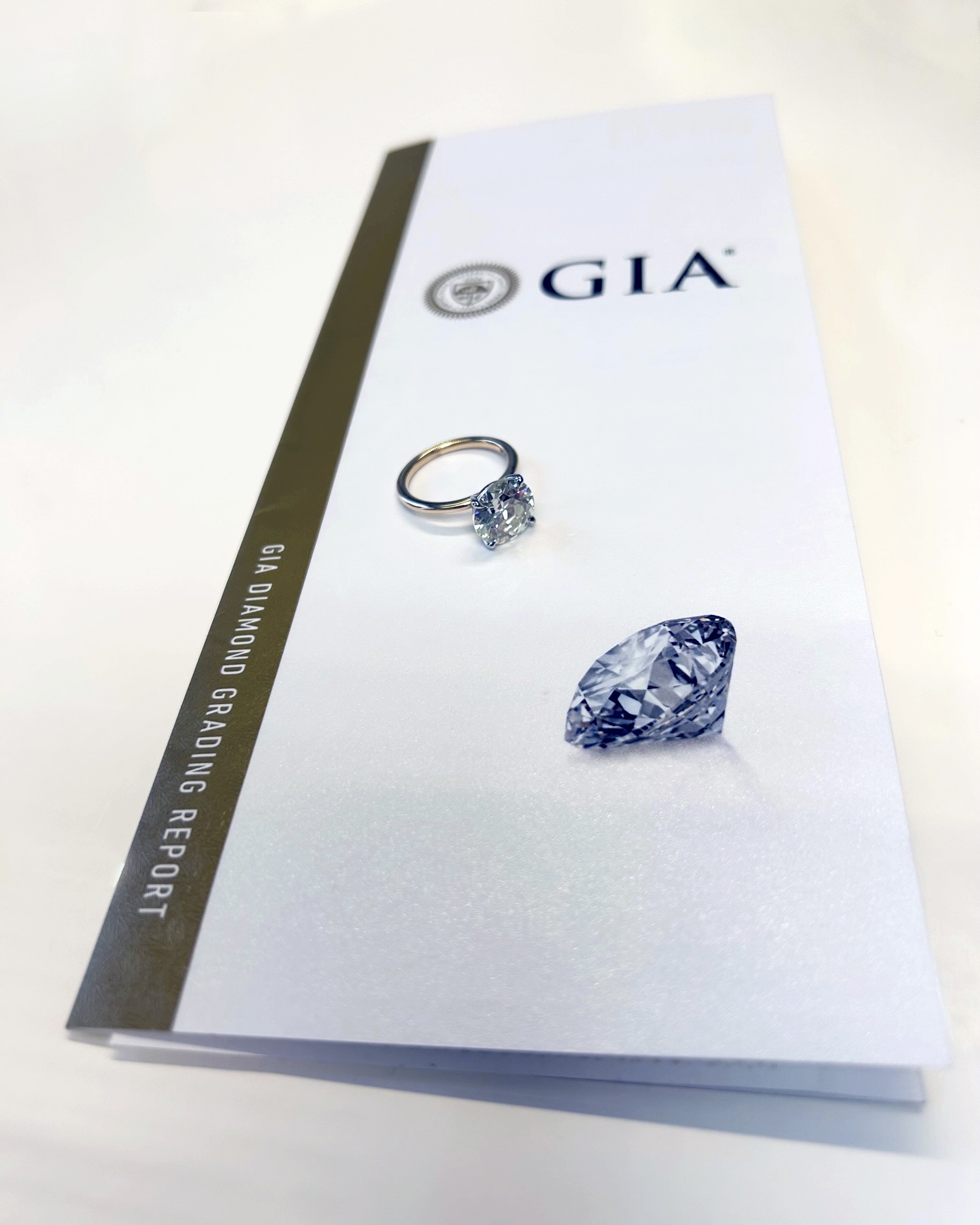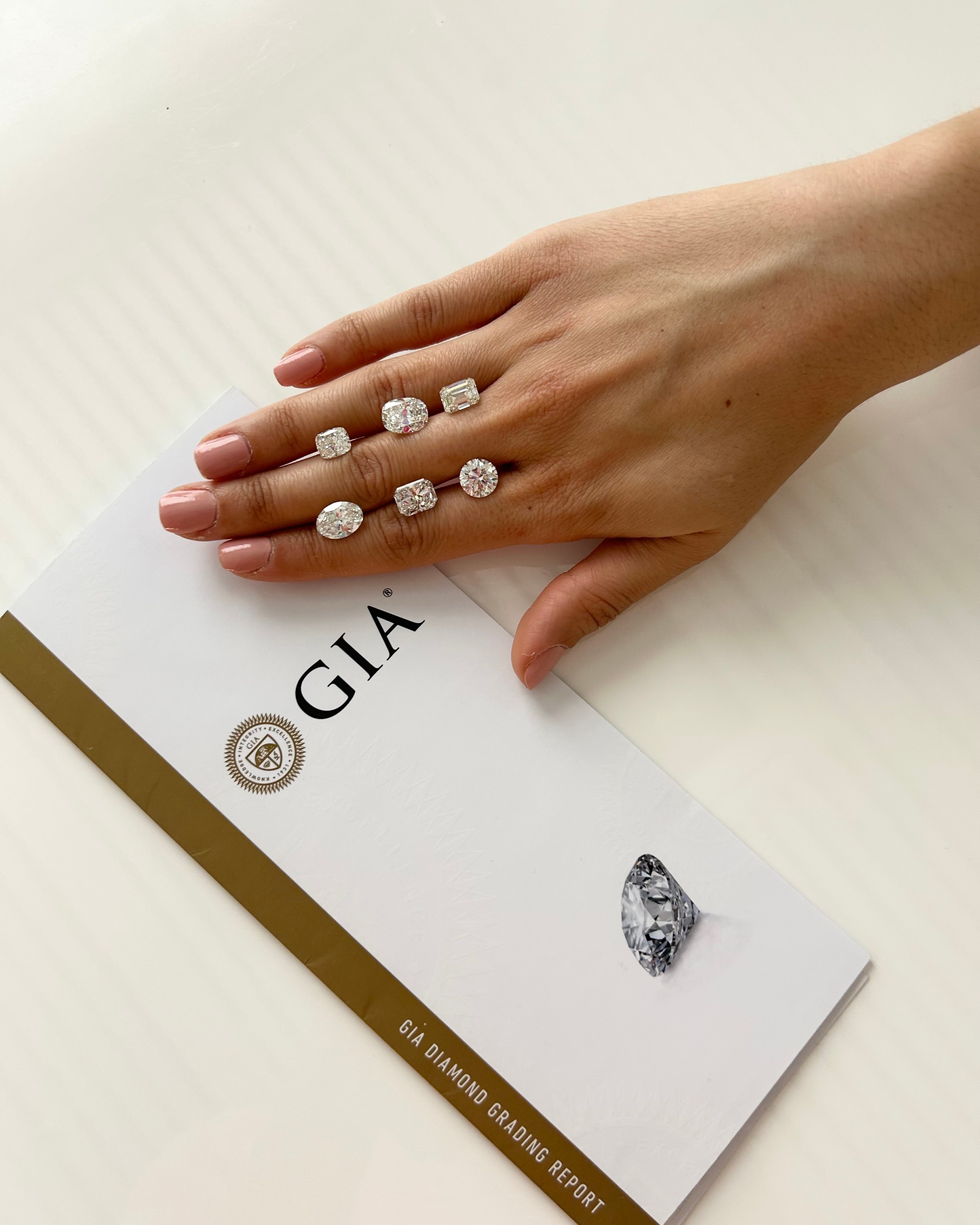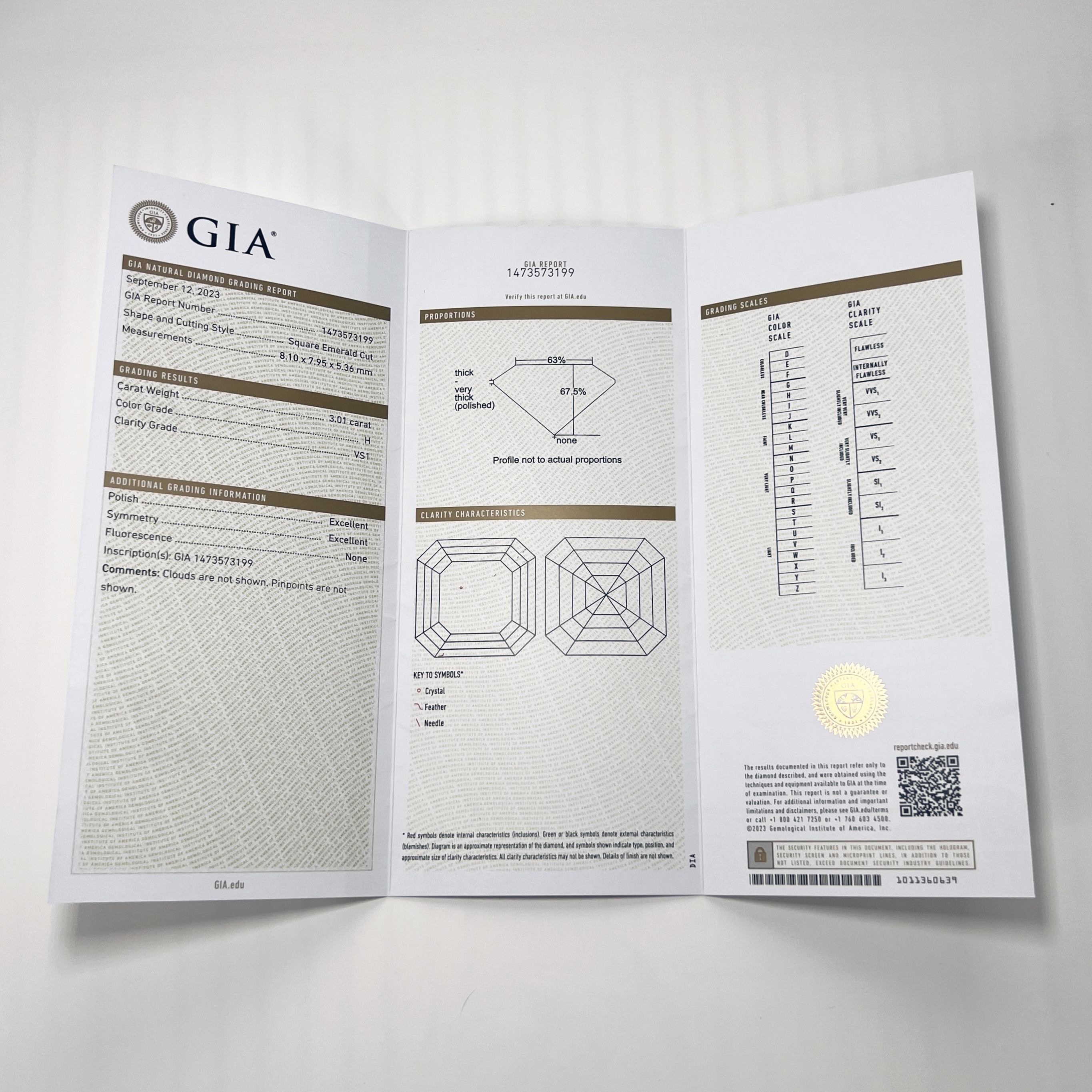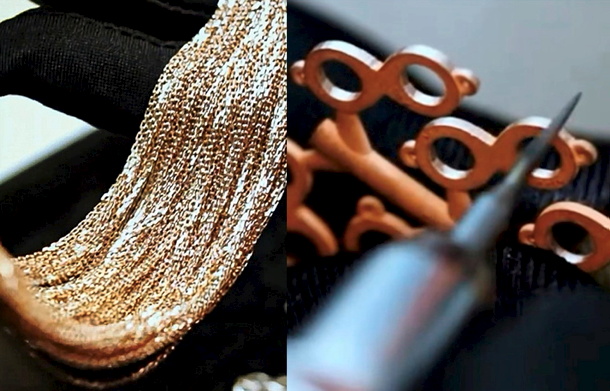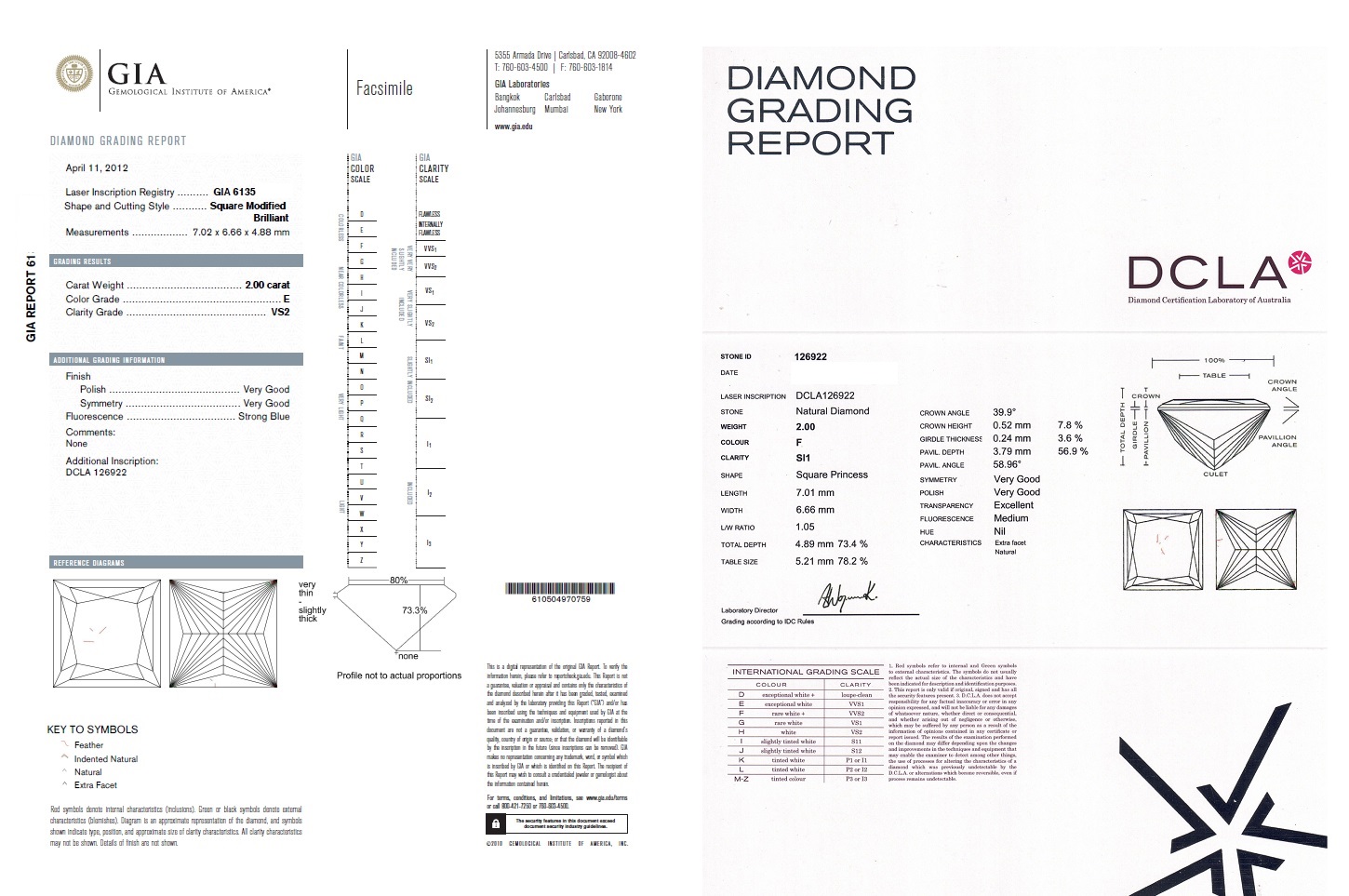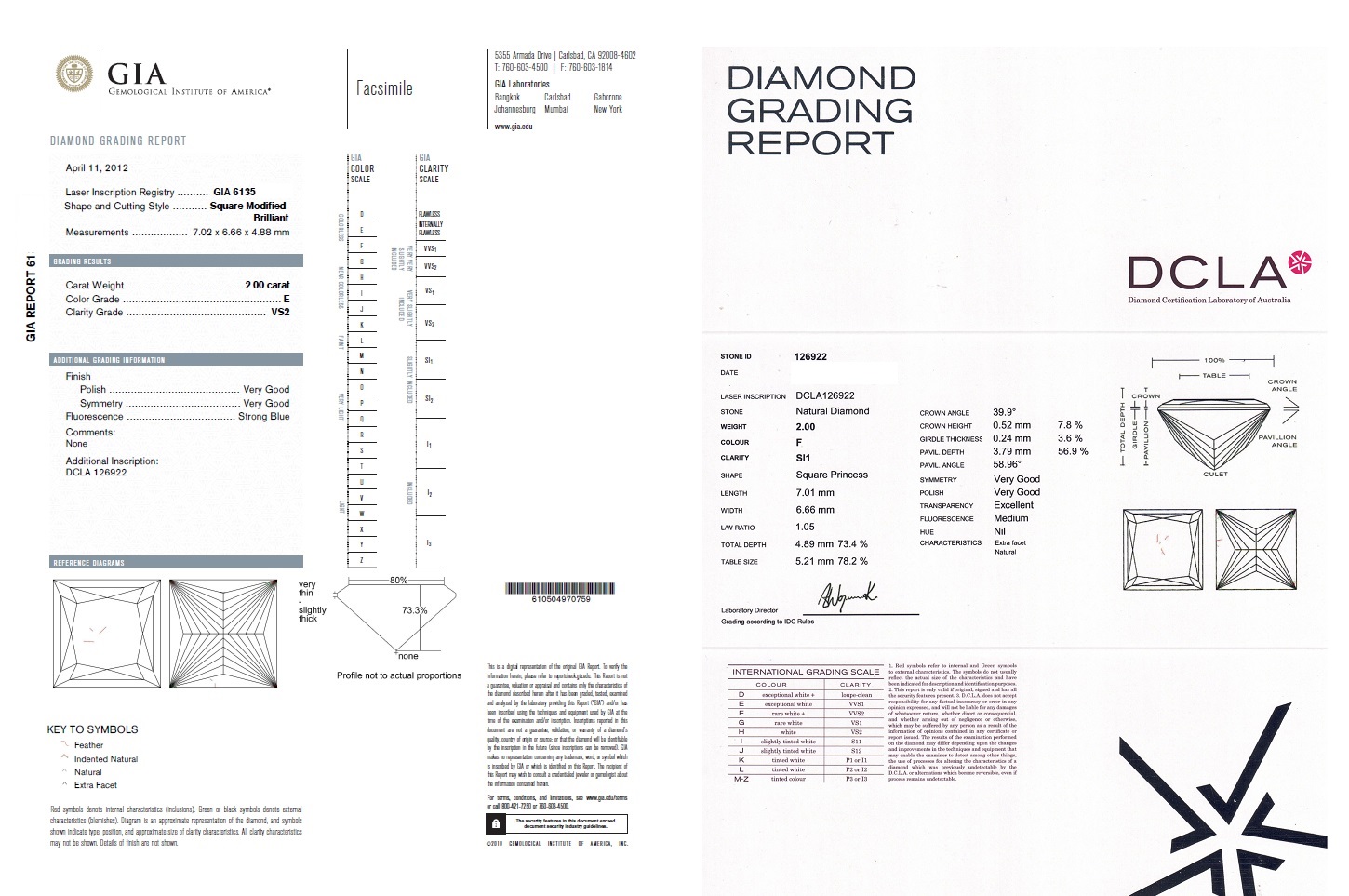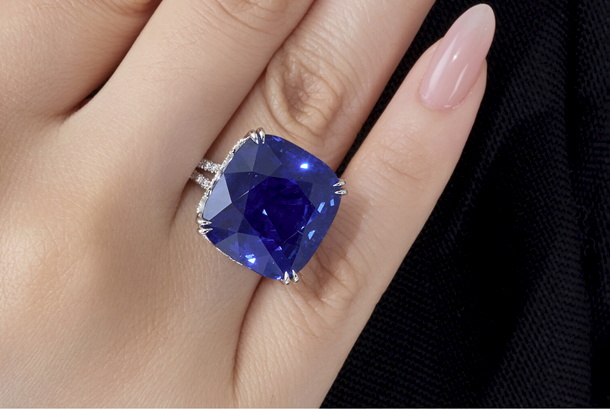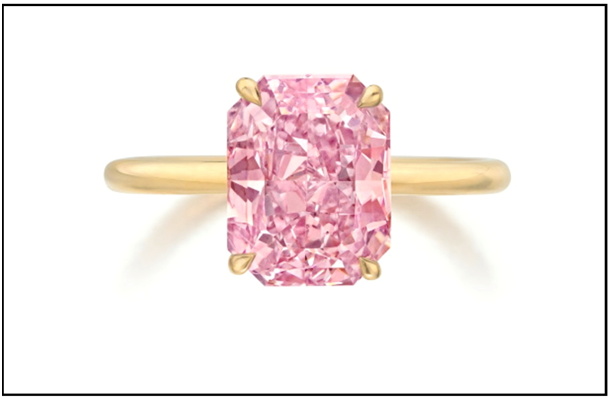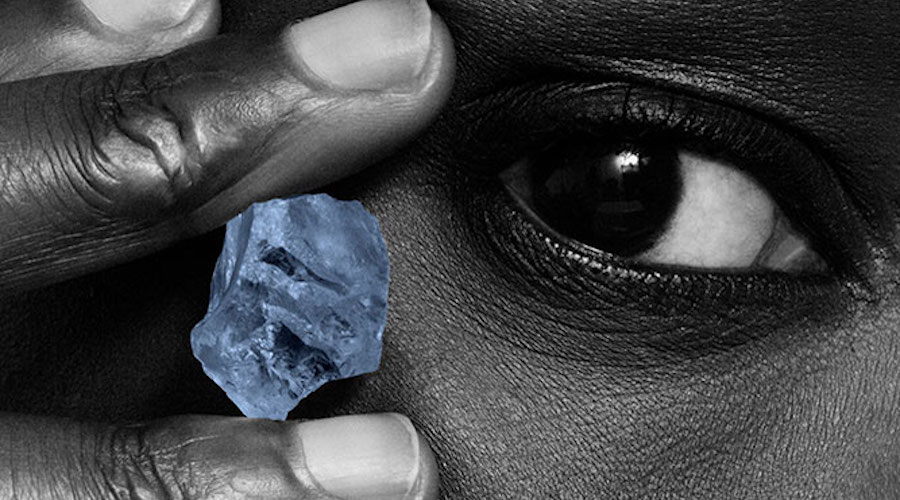
Africa-focused Petra Diamonds has scrapped regular diamond tenders in favour of opportunistic sales as the market for rough stones continues to slump.
The miner reported $53 million in sales from its fifth and sixth tenders of the year, covering production from its two South African mines. Petra will now report sales on a quarterly basis instead of following a fixed tender schedule.
“In response to fluctuations in diamond prices and demand, the company no longer follows regular tender cycles and may postpone portions of tenders or sell goods as run-of-mine,” the company said.
The strategic pivot mirrors De Beers’ reported off-market sales of discounted diamonds to selected clients. The move aimed to reduce inventory without officially slashing prices.
Petra said it sold 613,747 carats in the two tenders, a 29% increase from its fourth tender in February. The average price was $86 per carat, about 4% higher than February’s auction. On a like-for-like basis, prices were down 16% compared to the first six tenders of 2024, largely due to lower-value goods.
Year-to-date, the company has sold 2.39 million carats for $239 million, down from $329 million over the six first tenders of its 2024 financial year.
Petra delayed its April and May tenders due to a weaker product mix at its flagship Cullinan mine. The Finsch mine, meanwhile, saw improved pricing thanks to better ore access. The company expects an improved product mix as it ramps up production from the CC1E and the western side of the C-Cut block.
Petra also drew an additional $33 million in debt, bringing its consolidated net debt to $258 million by the end of March. It attributed this to working capital requirements.
“The continuing challenges in the diamond market and the weaker sales do not bode well given the ongoing negotiations to refinance Petra’s debt obligations,” Raj Ray, an analyst at BMO Capital Markets, wrote on Monday.
Petra has been restructuring to cut costs, including the sale of its stake in Koffiefontein in October and the recent $16 million sale of the Williamson mine in Tanzania.
Petra shares fell almost 3.5% on the news to 19.5 pence each, putting its market cap at about £38 million ($51 million).
Source: Mining.com

